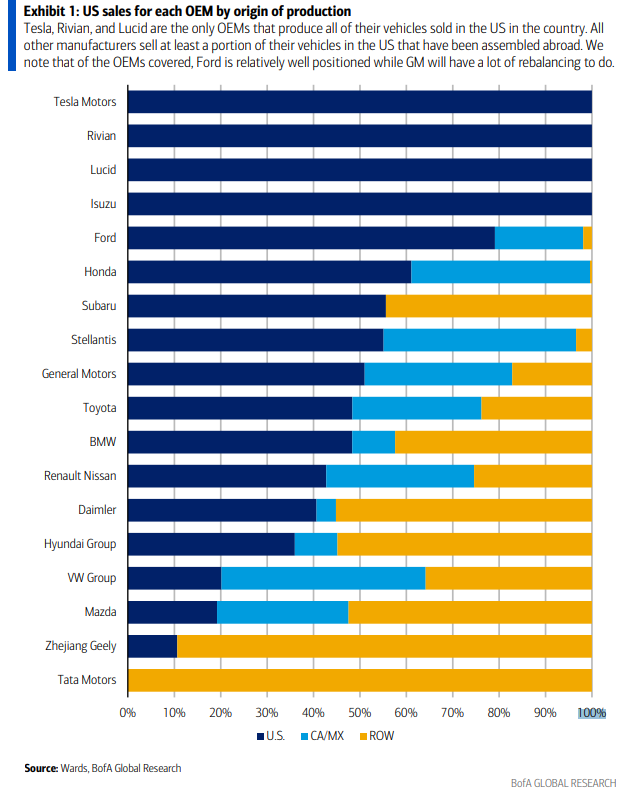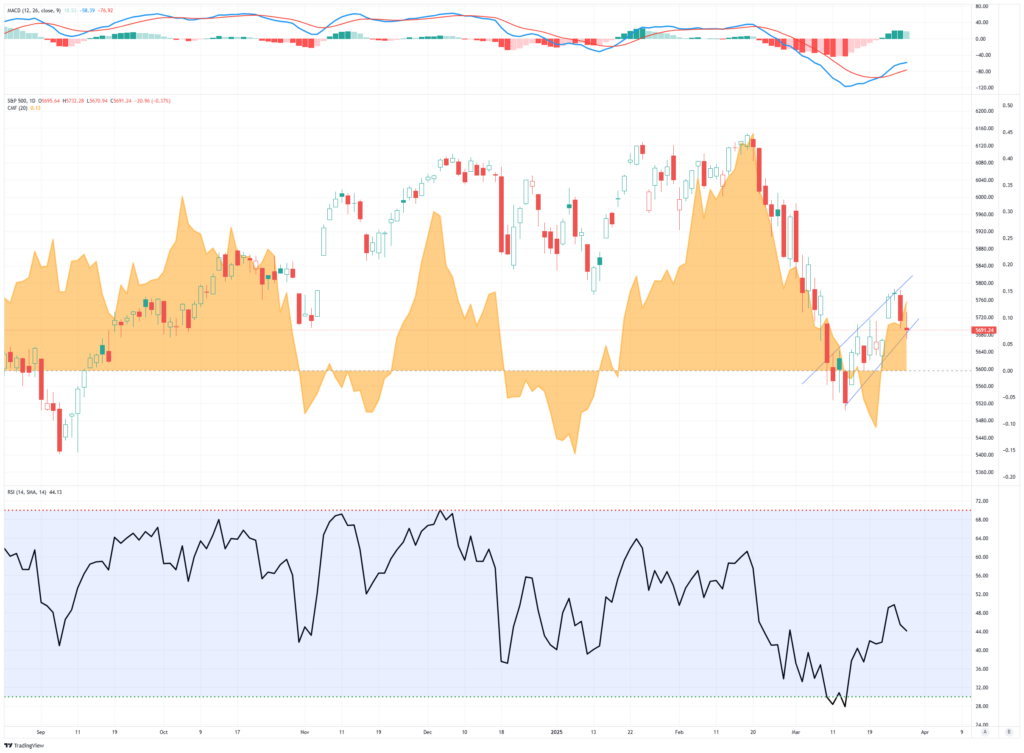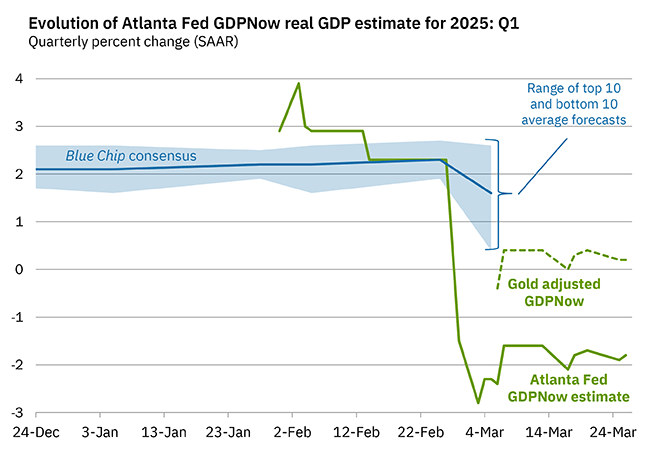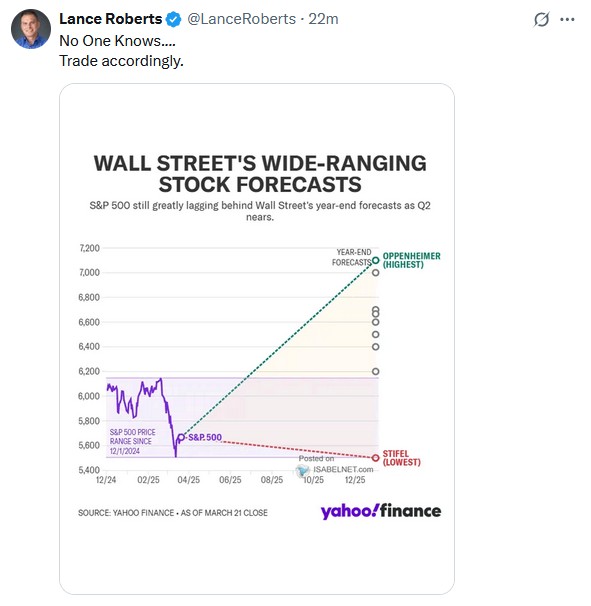Despite what some may think, the impact of the new 25% auto tariffs will not necessarily benefit all US auto companies to the detriment of their foreign counterparts. For example, as we share below courtesy of Bank of America, Ford produces about 80% of their US-sold cars in the US. However, GM and Stellantis (NYSE:STLA), the makers of Jeep and Chrysler, account for only around 50% of their domestic totals. Of the major auto companies, Tesla (NASDAQ:TSLA) may be the least impacted by the tariff. Nearly all of its US-sold cars are made in Texas and California. Porsche, Volvo (OTC:VLVLY), and Audi face a tough challenge as they do not make cars in the US.
Tariffs on auto imports are part one of a two-part plan to bring auto production back to the US. Beginning May 3rd, auto parts will also face tariffs. This second tariff may be more impactful for some automakers. While a decent percentage of automobiles are assembled in the US, their parts are often sourced from foreign nations. For instance, Tesla, despite making nearly 100% of its US-sold cars domestically, only uses about 60-65% of the parts from US manufacturers. The auto parts tariffs will apply to parts like engines, transmissions, electronics, and other components not primarily produced in the US unless they meet specific criteria of the US- Mexico- Canada Agreement (USMCA).

What To Watch Today
Earnings
- No notable earnings releases today
Economy
Market Trading Update
Yesterday, we discussed the problem of the “on again, off again” tariff policy from the White House as it relates to the pressure being put on the markets. To wit:
“The “on again, off again” tariff policies make it difficult for markets to predict future earnings and corporate profitability. With the “E” in forward valuation measures in flux, markets struggle to price in expected outcomes. “
Yesterday, the impact of tariffs on autos weighed on markets again and confirmed the recent failure of the rally at the 200-DMA. While the market’s technical failure is important, it is still early to declare a continuation of the recent corrective cycle. While it is certainly possible such is the case, the market remains on a buy signal, at least for now. However, any further deterioration will change that. Furthermore, the current rising trend channel from the lows remains intact with money flows still positive. While we are becoming more concerned about the market overall, and with each passing day, the risks are rising, we are looking for a break of that rising trend channel with a reversal of money flows to suggest further decreasing risk. With sentiment very negative and markets still in oversold conditions, the setup for a deep market decline is not nearly as strong as it was in February. We will look to add portfolio hedges and reduce risk. Still, we would like confirmation that the recent weakness is the start of a larger corrective process and not a “head fake” due to short-term tariff headlines and end-of-the-quarter rebalancing.
While we are becoming more concerned about the market overall, and with each passing day, the risks are rising, we are looking for a break of that rising trend channel with a reversal of money flows to suggest further decreasing risk. With sentiment very negative and markets still in oversold conditions, the setup for a deep market decline is not nearly as strong as it was in February. We will look to add portfolio hedges and reduce risk. Still, we would like confirmation that the recent weakness is the start of a larger corrective process and not a “head fake” due to short-term tariff headlines and end-of-the-quarter rebalancing.
We remain cautious but concerned.
Gold-Adjusted GDPNow
Our article, GDPNow or Nowcast?, discussed the differences between the recessionary GDPNow forecast and the 2%-ish growth forecasts by Fed Nowcast economic models. Importantly, there is a recent considerable divergence in the model’s expectations for first-quarter growth. Consequently, the trade deficit is a key factor negatively impacting the GDPNow and not the Nowcast models. Large tariff front-running orders for imported goods significantly negatively affected the trade deficit. Moreover, huge gold imports had a sizeable impact. Therefore, to account for this anomaly, the Atlanta Fed provides an alternate GDPNow, which excludes gold. It now points to near zero percent growth in the first quarter.
The primary driver of gold imports seems to be the threat of import duties on gold. While gold itself isn’t currently subject to specific tariffs, the administration’s aggressive tariff rhetoric, like imposing 25% duties on steel and aluminum imports starting March 12, 2025, and the auto tariffs, fuels speculation that gold could be next. Traders are rushing to import gold now to avoid future costs if broader tariffs materialize. Reports indicate over 600 tons of gold, largely from Switzerland, Canada, and other hubs like London and Singapore, have flooded into the U.S. since late 2024.

Tweet of the Day

